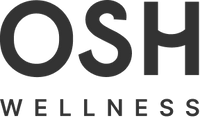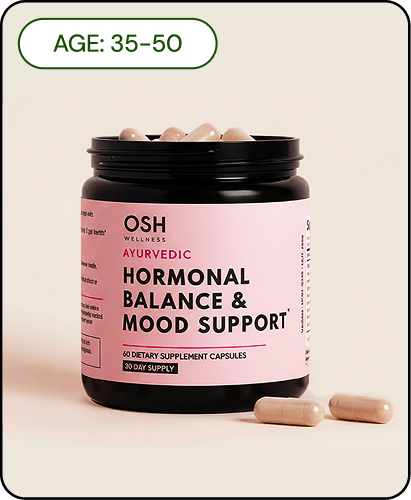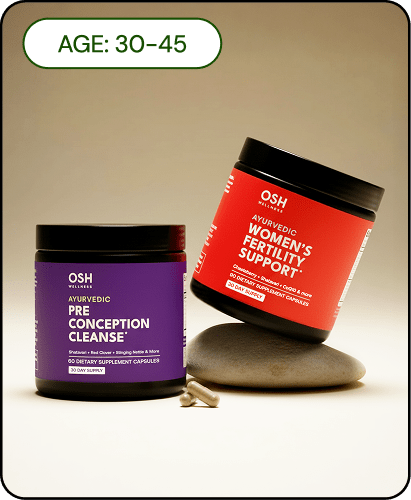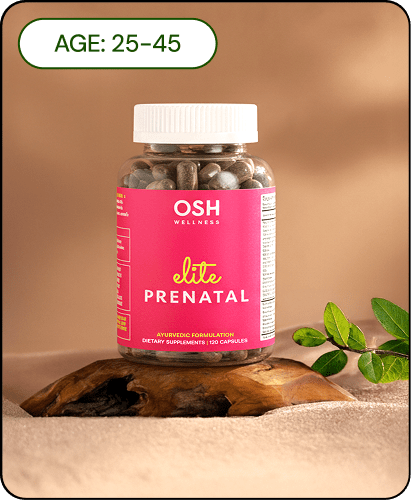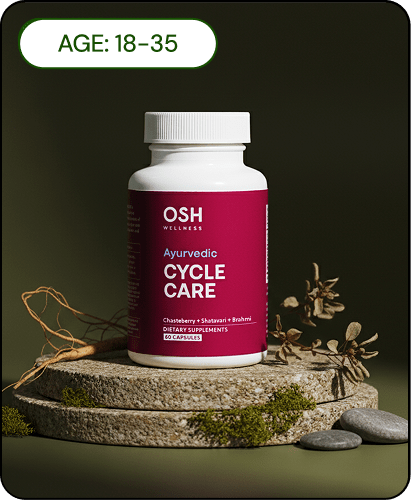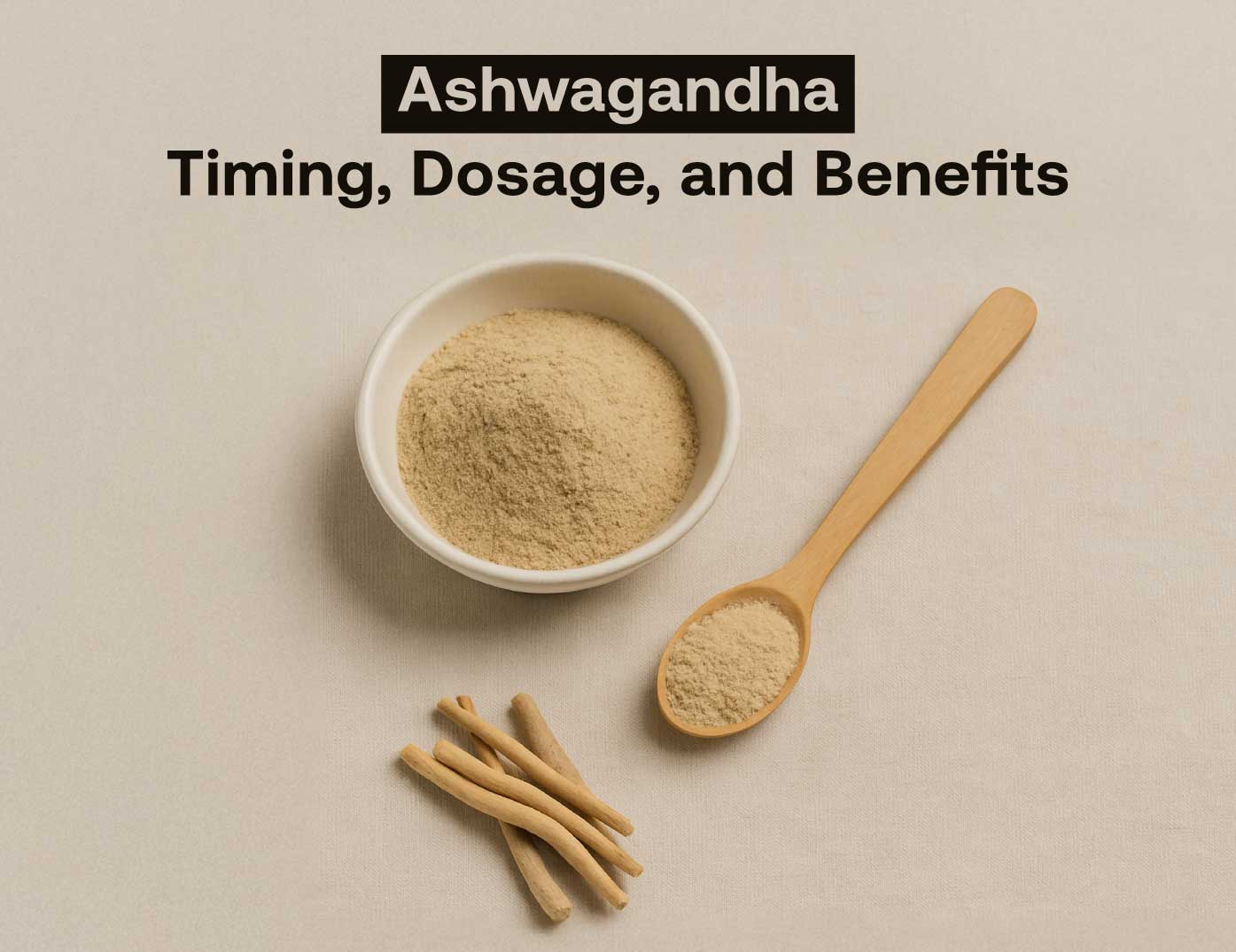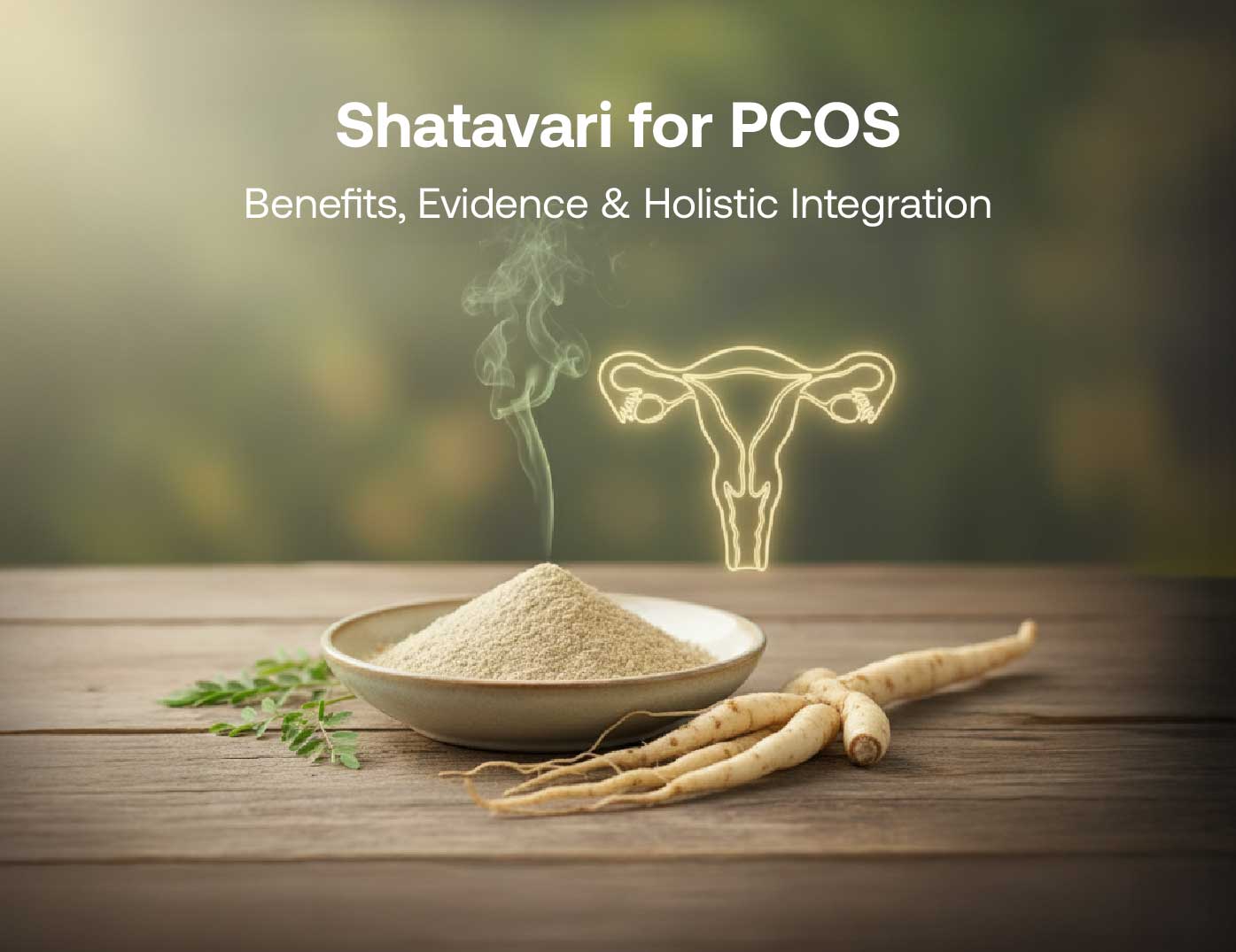Table of contents
Ashwagandha, a remarkable adaptogen with roots in Ayurvedic medicine, has garnered widespread acclaim for its stress-reducing and health-promoting properties. As modern lifestyles become increasingly hectic, interest in natural supplements like Ashwagandha is rising, especially among adults aged 30–60. This Ashwagandha guide explores essential insights on optimal timing and dosage, along with the herb’s benefits, potential side effects, and situations when taking a break may be beneficial. Understanding these aspects can empower you to effectively incorporate Ashwagandha into your wellness routine.
Introduction to Ashwagandha

Ashwagandha, scientifically known as Withania somnifera, has long been a foundational herb in Ayurveda, revered as a potent adaptogen. Its historical use spans over 3,000 years, with references found in the Vedas, some of the oldest sacred texts in Hinduism [1].
In the Ayurvedic pharmacopoeia, Ashwagandha is classified as a “rasayana”, a rejuvenating herb that supports longevity, vitality, and overall wellness [2]. Traditionally, it has been used to increase strength, combat fatigue, support recovery, and enhance mental clarity in both men and women.
Today, Ashwagandha is widely valued for its ability to modulate the body’s response to stress by influencing the hypothalamic-pituitary-adrenal (HPA) axis and lowering cortisol levels. Clinical reviews suggest that regular supplementation can significantly reduce stress and anxiety, thereby improving overall energy and mood [3].
With increasing global interest in holistic health, Ashwagandha offers a natural, evidence-backed solution that meets the demands of modern wellness routines [4]. Its adaptability and broad scope of use make it a compelling supplement for today’s health-aware individuals.
Understanding Adaptogens and Ashwagandha's Role

Adaptogens are plant-based substances that help the body manage physical, mental, and emotional stress. They work through mechanisms that regulate homeostasis, notably by modulating the HPA axis, which governs hormonal stress responses [5].
Among common adaptogens, Ashwagandha stands out due to its exceptional research backing and Ayurvedic heritage. It helps regulate cortisol while supporting essential stress-related proteins and enzymes such as heat shock proteins and c-Jun N-terminal kinase [6]. These pathways contribute to its effectiveness in improving stress resilience.
Numerous clinical trials report that users experience lowered anxiety, enhanced mood, and improved sleep quality when supplementing with Ashwagandha [7]. Additionally, its influence on neurotransmitters further augments its ability to restore emotional and physiological balance [8].
What is the best time to take Ashwagandha?

The best time to take Ashwagandha largely depends on individual goals:
Morning Intake: Helps align with the body’s natural cortisol rhythm, supports energy levels, and improves focus [9].
Evening Intake: Recommended for individuals seeking better relaxation and sleep quality [10].
Splitting the dosage, half in the morning and the other half in the evening, is a common practice, though not essential for everyone [11]. It’s advisable to take Ashwagandha with food to reduce the risk of gastrointestinal discomfort [12].
Consistency is more vital than timing. With regular use, benefits generally manifest within a few weeks. A standard effective daily dosage is 500–600 mg, ideally split into two servings [13].
Effective Dosage Guidelines for Ashwagandha

Ashwagandha dosage varies based on the form and intended purpose:
Standardized Extract (1.5–5% withanolides): 300–600 mg daily, effective for stress and cognitive health [14].
For Athletes or Advanced Use: 500–1,250 mg per day may support performance and recovery [15].
Traditional Root Powder: 1,000–6,000 mg daily, although less predictable in potency [16].
Starting with a lower dose and gradually increasing it ensures better tolerance and effectiveness. Consulting a healthcare provider before exceeding standard doses is strongly recommended [17].
What Are The Evidence-Based Benefits of Ashwagandha?

Scientific evidence supports several benefits of Ashwagandha:
Stress and Anxiety Reduction: Clinical trials show up to a 70% reduction in stress scores, associated with lowered cortisol levels [18].
Improved Sleep Quality: Benefits include better sleep duration, efficiency, and fewer disturbances in as little as 4–12 weeks [19].
Cognitive Performance: Users report improved clarity, alertness, and memory, especially in students and older adults [20].
Blood Sugar Management: Some evidence suggests improved insulin sensitivity and glucose control [21].
Reproductive Support: In men, it enhances testosterone levels and sperm quality; in women, benefits during menopause have been observed [22].
These multifaceted benefits make Ashwagandha a comprehensive supplement for physical and mental wellness.
What Are The Side Effects of Ashwagandha?

Ashwagandha is generally safe for short-term use (up to 3 months), but certain precautions should be noted [23] :
Common Side Effects: Include nausea, stomach upset, diarrhea, and dizziness [24].
Serious Risks: Rare cases of liver damage have been reported [25].
Autoimmune Concerns: May worsen conditions like lupus or rheumatoid arthritis [23].
Medication Interactions: Caution is advised if combined with sedatives, anti-diabetics, or anti-hypertensives [26].
Avoid During Pregnancy: Due to potential risks of miscarriage and hormonal interference [24].
Anyone with pre-existing health conditions or who is on medication should consult a healthcare professional before supplementation.
Recommended Product
Consider Osh Wellness Hormone & Mood Support, a premium formulation featuring high-quality Ashwagandha extract. Designed to stabilize hormone levels and promote emotional balance, this supplement is ideal for enhancing overall well-being.
Conclusions

In conclusion, Ashwagandha is a powerful adaptogen that offers proven benefits across stress management, cognitive function, hormonal health, and sleep quality. Optimal timing and dosage personalization can enhance results while minimizing any potential side effects. Regular use, guided by professional advice, can support a more balanced and energized life.
FAQs
What is the best time to take Ashwagandha?
Morning for energy and focus; evening for relaxation and sleep support.
Are there any long-term side effects?
Ashwagandha is safe short-term; long-term data is limited, so monitoring is essential.
When should I pause Ashwagandha intake?
Consider a break if you experience excess drowsiness or digestive issues.
Can I combine Ashwagandha with other supplements?
Yes, but always consult your healthcare provider for personalized advice.
How long does it take to see effects?
Most users notice changes within a few days to a few weeks of consistent use.
Sources
1: New Chapter - What is Ashwagandha? Health Benefits, Uses & History
2: Bhumija Life Sciences - Ashwagandha Overview
3: Flora Journal - Research on Ashwagandha and Its Benefits
4: Nutralie - Ashwagandha: The Ancient Adaptogen
5: National Institutes of Health - Adaptogens
6: Simply Supplements - Adaptogens and Ashwagandha
7: New York Academy of Sciences - Adaptogens and Stress
8: Cleveland Clinic - Adaptogens
9: Gaia Herbs - Ashwagandha Dosage
10: Tribe Organics - When Should I Take Ashwagandha
11: SingleCare - Best Time to Take Ashwagandha
12: Healthline - Ashwagandha: Morning or Night?
13: Healthline - Dosage Guidelines
14: PubMed Central - Ashwagandha Health Benefits
15: Examine - Ashwagandha Overview
16: BodyBio - Dosage Recommendations
17: BodyBio UK - Dosage Safety
18: PMC - Stress Reduction Studies
19: Examine - Sleep and Adaptogens
20: NMI - Ashwagandha Cognitive Benefits
21: MDPI - Ashwagandha and Glycemic Control
22: Frontiers - Ashwagandha in Reproductive Health
23: MSD Manual - General Safety
25: GoodRx - Adverse Effects & Liver Concerns
26: WebMD - Drug Interactions and Risks
